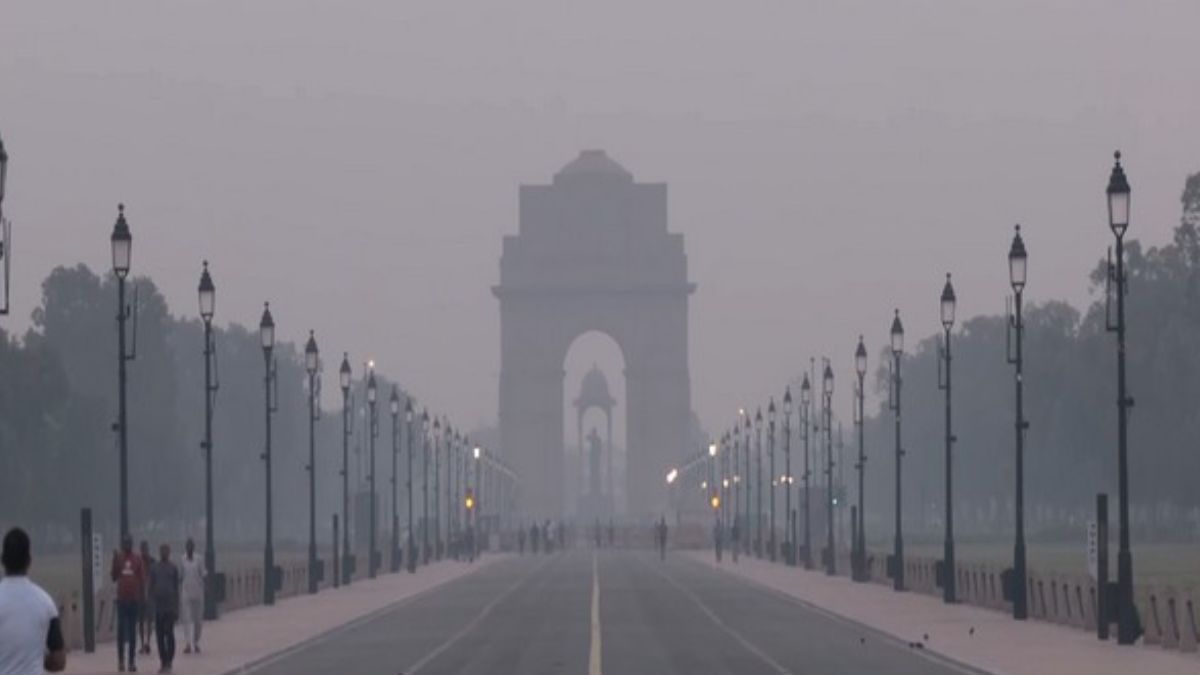Delhi launches a comprehensive Winter Action Plan, introducing drones, task forces, anti-dust measures, and emergency steps to tackle air pollution
The Delhi government on Wednesday announced a detailed 21-point Winter Action Plan to address rising pollution levels in the Capital. Environment Minister Gopal Rai unveiled the plan at the Delhi Secretariat, stressing the need for public participation under the theme “Mil Kar Chalein, Pradushan Se Ladein.” Key measures include deploying drones for real-time monitoring, constituting a special task force (STF), and implementing emergency actions such as artificial rain and a vehicle rationing scheme.
In a first, drones will monitor 13 pollution hot spots across Delhi, previously identified by the Delhi Pollution Control Committee (DPCC) and the Central Pollution Control Board (CPCB). These include Anand Vihar, Mundka, Wazirpur, Jahangirpuri, RK Puram, Rohini, Punjabi Bagh, Okhla, Bawana, Vivek Vihar, Narela, Ashok Vihar, and Dwarka. The areas have consistently recorded PM2.5 levels above the annual permissible limit of 40 ug/m³, with the city averaging 101 ug/m³. One to two drones will be deployed at each location, with tenders for procurement planned soon.
The plan also incorporates an anti-dust campaign starting October 7, targeting dust pollution at construction sites and along roads. Sites larger than 500 square metres must register on a government web portal for monitoring. A total of 523 teams will inspect construction areas, supported by 85 road sweeping machines, 500 water sprinkling machines, and over 200 anti-smog guns operating in shifts.
Public engagement and emergency measures
The Winter Action Plan will encourage public engagement through initiatives such as an e-vehicle parade, an anti-pollution march, and the “Red Light On, Gaadi Off” campaign. The government will introduce the “Harit Ratna” award to recognise individuals, NGOs, and companies making significant contributions to pollution reduction.
Rai highlighted that the number of days with “poor”, “very poor” or “severe” air quality has fallen by 35% over seven years, from 243 days in 2016 to 159 days in 2023. To address sudden spikes in pollution, particularly between November 1 and 15, emergency measures such as artificial rain and an Odd-even vehicle rationing scheme are planned. Work-from-home schedules may also be issued if required.
The plan targets multiple pollution sources, including open waste burning, industrial emissions, and vehicular pollution. To this end, 360 teams will monitor Pollution Under Control (PUC) certificates and overage vehicles, while traffic police will be deployed on 134 roads. A “Green War Room” and the Green Delhi app will support real-time pollution monitoring, alongside stringent enforcement of the Graded Response Action Plan and a ban on firecrackers.
Additional steps include 59 teams inspecting industrial areas, 588 teams preventing open burning, and spraying bio-decomposer solutions over 5,000 acres of farmland to combat stubble burning. Experts have cautioned that enforcement will determine the success of the plan, while opposition leaders have criticised the government’s previous actions on pollution control.
End of Article

)
)
)